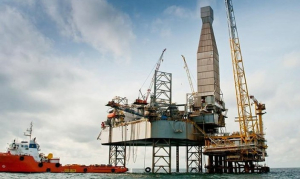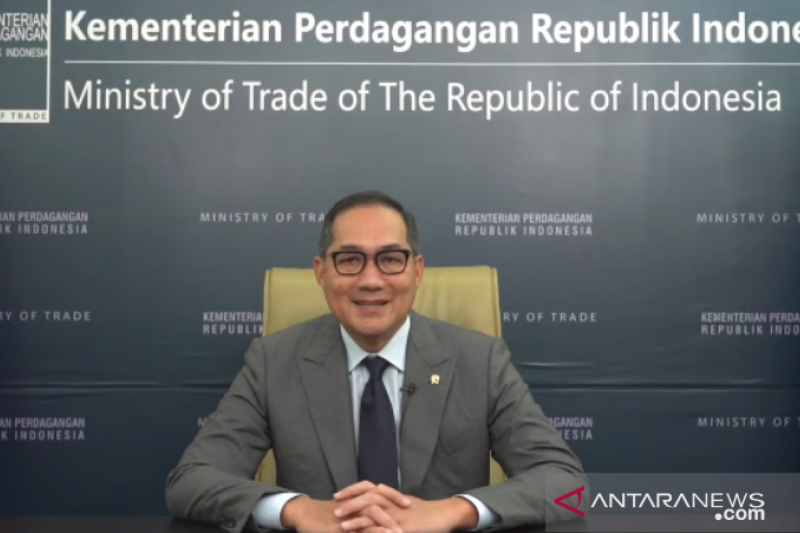
THE majority of global equity markets were in the red as we close off the first half of 2022. Here, we present the top-performing markets for 2Q22 and their respective outlooks for the year ahead.
The first quarter was painful but the second quarter was worse. As we wrap up the first half of 2022, the MSCI ACWI index declined by (-13.4 per cent) in 2Q22, bringing the index down (-17.5 per cent) for the year.
Asian markets fared better in 2Q, in particular China and Hong Kong, as we start to see signs that the Chinese government is willing to loosen Covid restrictions, while supporting the economy via various policy measures.
On a country level, the top performing markets in 2Q22 (in ringgit terms) were China (+8.3 per cent), Hong Kong (+5.3 per cent), and Indonesia (-0.5 per cent), while the laggards were Taiwan (-14.4 per cent), South Korea (-16.4 per cent) and Brazil (-21.8 per cent) (Figure 1).

China
What drove 2Q22 performance?
China takes the top spot, whose MSCI China index delivered returns of 8.3 per cent in ringgit terms. From a sectoral perspective, the gains were largely driven by consumer discretionary and consumer staples (Table 1).
Equity outlook
We continue to remain optimistic on Chinese equities, as earnings are likely to surprise to the upside due to overly pessimistic earnings estimates.
Despite the rollout of endless regulatory crackdowns across multiple sectors in the past year, coupled with intense Covid restrictions, a crisis in the property market as well as deteriorating relationships with foreign countries, Chinese equities have bounced back relatively well, after being beaten down severely over the past year.
With the recent turn of events, there are signs that the regulatory crackdowns are slowing down, and may soon come to an end. The Chinese authorities have also rolled out aggressive policy actions in the past few months to stabilise the economy, further reinforced with the recent 1.1 trillion Chinese yuan infrastructure package to support growth and shore up the beleaguered economy.
While persisting on strict Covid restrictions, Covid cases in China have largely come down after peaking in mid-April. Despite the recent small uptick in Covid cases, we believe the Chinese government have learnt from their past mistakes and may stick to isolated lockdowns instead of widespread restrictions, which is a positive for businesses as consumers have more freedom to spend.
Furthermore, valuations on Chinese equities remain attractive. We expect a 45.2 per cent upside potential over the next two years when applying our designated PE ratio of 14.5 times on EPS projections.

Hong Kong
What drove 2Q22 performance?
Coming up next in second place, Hong Kong also performed well with a 5.3 per cent gain in MYR terms in the second quarter.
Similar to China, Covid restrictions have been eased further in 2Q, buoying sentiments in the region.
Since there is a strong overlap between the Hang Seng index and the MSCI China index, a strong performance by constituents in the Chinese market also helped to elevate the Hong Kong market.
Consumption gained in 2Q as Hong Kong’s retail sales rebounded in April, lifting the consumer sector out of contraction after strict Covid curbs hammered consumer spending earlier this year.
Some of these measures included extension of dining in hours at restaurants, allowing the re-opening of gyms and beauty salons, and the handing out of consumption vouchers by the government.
Equity outlook
As the Chinese government continue to push out policy support, coupled with easing Covid restrictions as well as international travel returning to the global financial hub, we anticipate further upside for the Hong Kong equities.
Despite contracting four per cent y-o-y in real terms in 1Q22, the government forecasts real GDP growth to be one to two per cent for 2022. Being a services-oriented economy, with service sectors accounting for 93.4 per cent of GDP in 2020, Hong Kong’s economy should gradually recover as restrictions loosen up.
Shifting from a venue dominated by local property developers, banks and utility giants, Chinese onshore companies now account for two-thirds of stocks listed on Hang Seng Index, with a large majority in the information technology sector.
With such a large exposure to the technology sector, the Hang Seng index can expect to perform better should crackdowns by the Chinese government ease down.
Recent events in China have shown that the Chinese government has taken a step back from widespread full-on crackdowns, but rather imposing fines that are totally manageable by the likes of large technology companies like Alibaba and Tencent, which is a positive moving forward.
From a valuation’s perspective, equities in Hong Kong are attractive. With the Hang Seng Index trading at a PE ratio of 8.3 times 2024 estimated earnings, we expect a 51.3 per cent potential upside over the next two years when applying our designated PE ratio of 12.5X on EPS projections.

Indonesia
What drove 2Q22 performance?
Last but not least, Indonesia comes in with a -0.5 per cent in ringgit terms in the second quarter. Being a net exporter of key commodities such as palm oil, nickel, coal and tin, Indonesia is set to see strong export growth and benefit from the global supply shortage exacerbated by the Russia-Ukraine war, as the energy and consumer sectors lead the charge for the index gains.
While most global peers are facing a dilemma between balancing economic growth and combating rising prices, we believe Indonesia is fiscally better placed to manage the inflationary pressures.
Strong domestic consumption and improvements in manufacturing activity has also increased economic confidence, with consumer staples being another sector that performed well.
However, the good performance in aforementioned sectors have been largely offset by poor performances in the Financials, Materials and Communication Services sectors as the US central bank hiked rates while the Indonesia central bank chose to hold rates steady, resulting in large outflows out of emerging market assets like
Indonesia, amidst other challenges including but not limited to geopolitical tensions, supply disruptions, the relatively lower vaccination rate among Asean peers, rising inflation, higher global interest rate, and global stagflation risk.

Equity outlook
Moving forward, we expect the Indonesia market to hold up relatively well as the central bank may start to hike rates as inflation creeps higher, largely driven by surging food and transport prices as year-over-year inflation rate climbed to 3.55 per cent in May 2022 and 4.35 per cent in June, still close within the target range of 2 per cent-4 per cent.
In recent months, it is reported that the Indonesian government is imposing certain limitations (increased levy on palm oil exports) and boosting subsidies (additional compensation for state energy firm Pertamina and Utility PLN to maintain retail prices of subsidised fuels, LPG and electrical tariff) to keep domestic inflation in control.
That said, we believe the relatively benign inflation rate was underpinned by the administrative measures from the government.
Overall earnings growth remains positive in the next two years, stemming from strong domestic consumption, which forms roughly 55 per cent of Indonesia GDP as well as multiple growth drivers from other sectors like the infrastructure and technology sectors, which are expected to grow year-over-year throughout 2024.
In terms of valuations, the JCI Index is currently trading at a PE ratio of 13.2 times based on 2024 estimated earnings, below our fair PE ratio of 16 times. Our end 2024 target price for the JCI Index is 8,500 which represents an upside of 22.3 per cent compared to the current level of 6,951.







/cloudfront-us-east-2.images.arcpublishing.com/reuters/U446WPOPVRIMPKUV7XJOKFQF6E.jpg)
